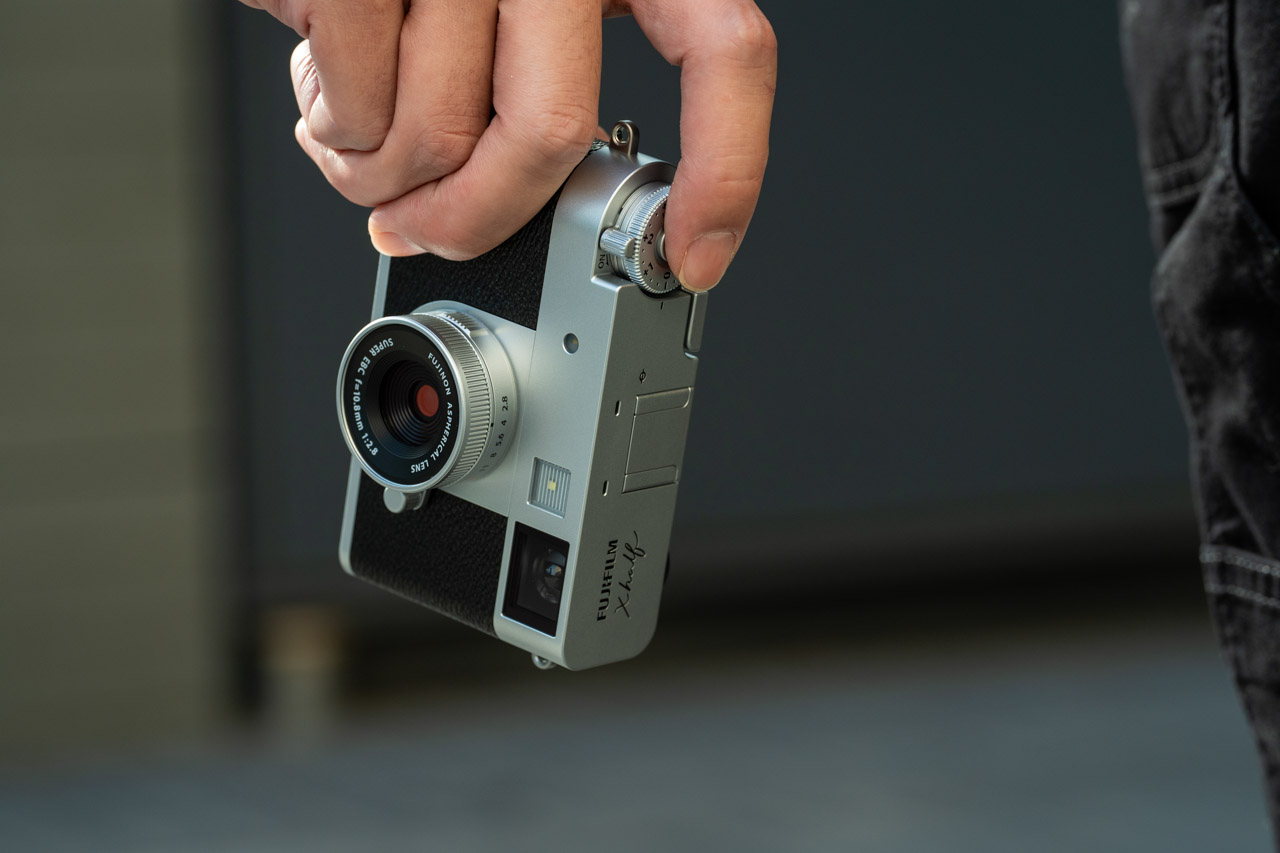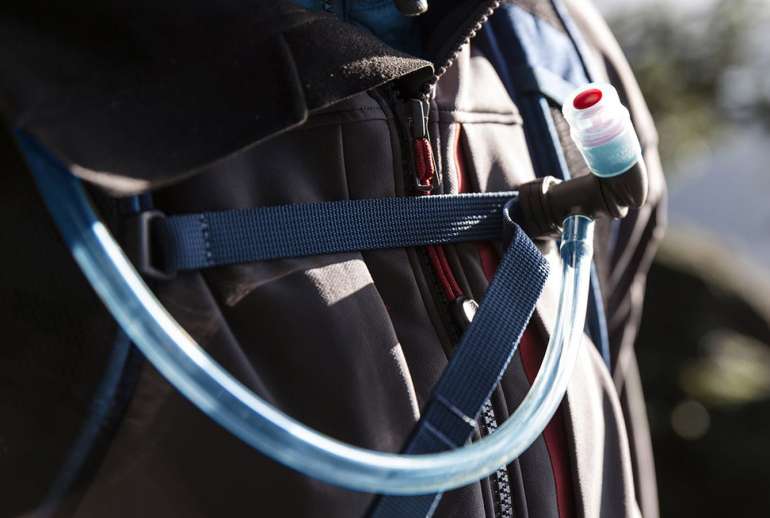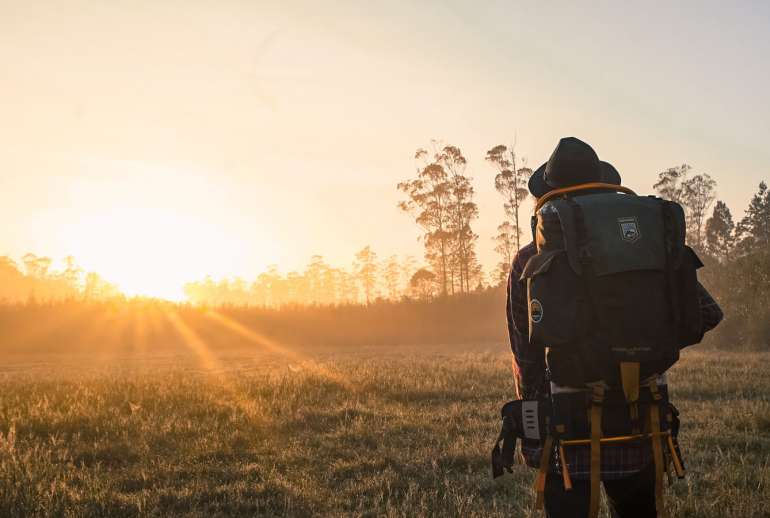Fujifilm just unveiled a camera that breaks all the rules. This isn’t about megapixels or dynamic range.
It’s about feeling.
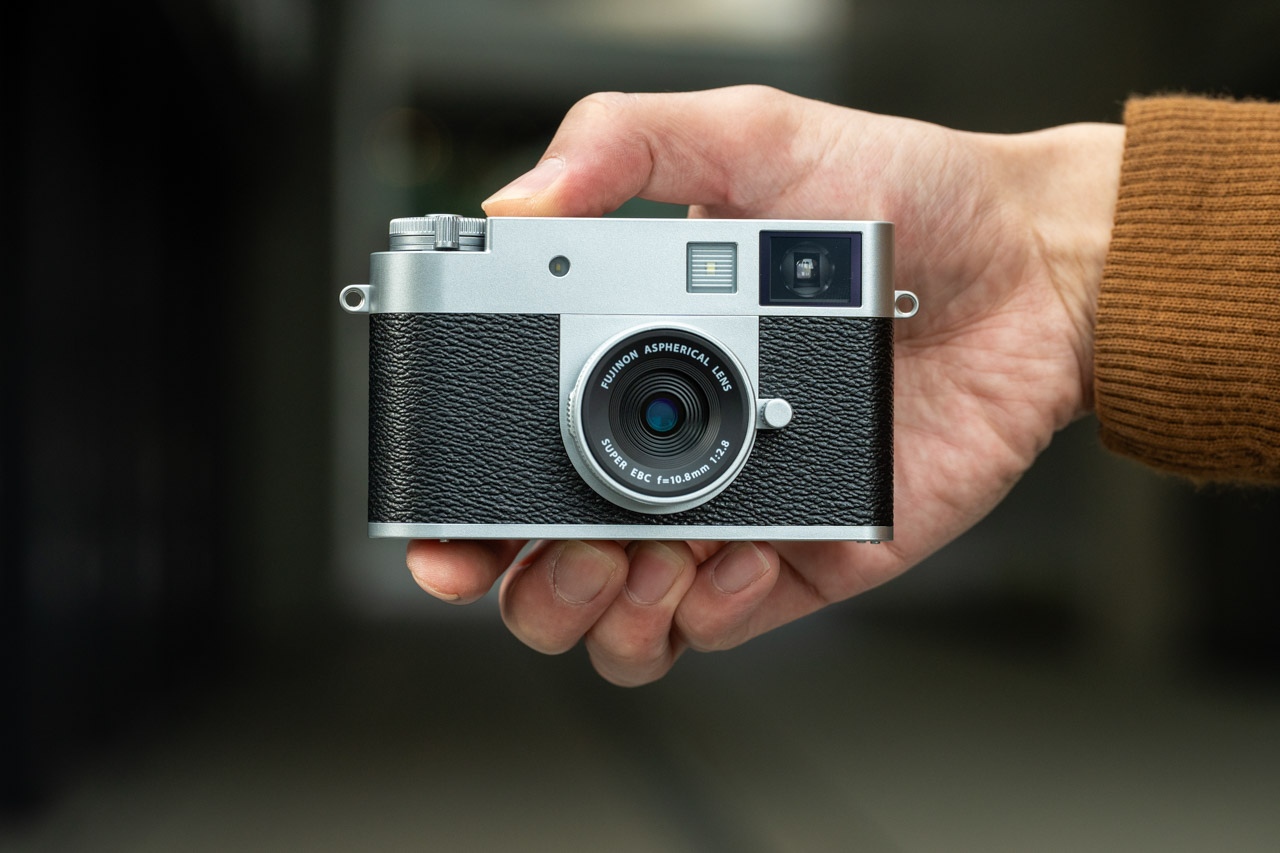
The new X half premium compact digital camera from Fujifilm reimagines what photography can be in our social-first world. Inspired by half-frame film cameras, best known for their casual on-the-go use, this camera brings a refreshing philosophy to digital photography with its modern take on a classic photo style.






What makes this camera special isn’t found in a spec sheet. The magic lies in its approach to image-making.
A Design Born from Passion
The story behind this camera reveals why it feels so different from anything else on the market. Masazumi Amai, Fujifilm’s legendary designer responsible for the X100 series, oversees a design team that periodically engages in creative brainstorming sessions. During one such session, a young designer named Bueno presented a concept born from his love of film photography.
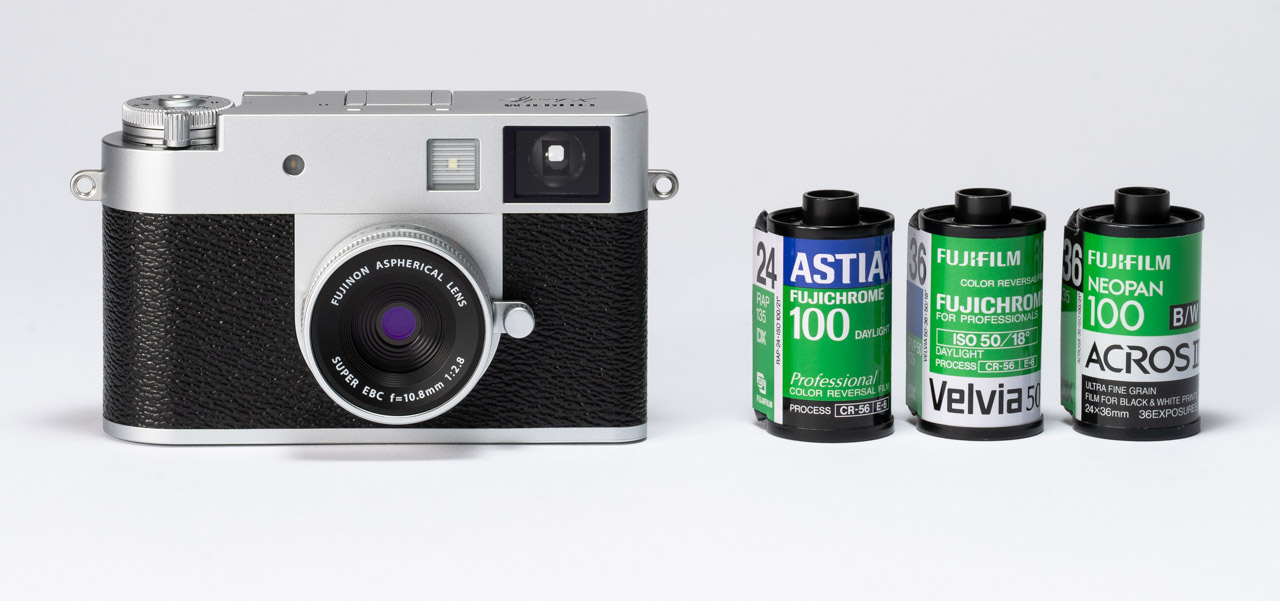
Bueno loved shooting film but found the costs prohibitive. His solution? Create a digital camera that delivers the film experience without the ongoing expense.






What’s remarkable about this origin story is how it reversed traditional product development. Bueno presented a fully crafted mock-up with no internals. Rather than engineering dictating design, the engineering team had to mold their work around his vision. Leadership backed the idea immediately, a rare instance of bottom-up product development at a major camera company.
The result is a camera that stands on its own terms. Its vertical orientation comes naturally from a one-inch sensor (13.3mm x 8.8mm) positioned vertically, mimicking the half-frame format of certain film cameras. This isn’t just a gimmick. The format perfectly aligns with how we consume images today on Instagram, TikTok, and other platforms.
The Joy of Limitations
This camera shoots JPEGs only, no RAW files, and no endless post-processing options. Some photographers might balk at these limitations, but that’s precisely the point.
The camera forces you to get it right in the moment, encouraging presence and intentionality with each shot. When you connect the camera to your phone, you “develop” your digital “film roll,” complete with simulated light leaks, film grain, and color shifts that recall the unpredictability of analog photography.
You can select from various film simulations, including Fuji negative classic and classic chrome. The camera includes 13 Film Simulation modes, each with unique characteristics, plus 26 additional filters. Everything is baked in. What you see is what you get.
What’s particularly fascinating is that these light leaks and effects are randomized from an internal database. They’re applied post-shutter without preview. This unpredictability reintroduces chance into digital photography, capturing the uncertainty that made film so exciting.
Luxury in Simplicity
Luxury isn’t always about excess. Sometimes it’s about curation and intention.
This camera delivers luxury through simplicity. The touch-screen interface allows intuitive control without overwhelming menus. You can adjust the dividing line between frames to be narrow, regular, or bold, reminiscent of Instax prints. You can also easily shift between color and black-and-white.

The absence of image stabilization isn’t an oversight. It’s a deliberate choice that honors the authentic film experience. When early testers put the camera in the hands of serious photographers, it initially frustrated them. But those willing to embrace its philosophy discovered something special: freedom from overthinking.
At just 240 grams (8.5 ounces), this pocketable camera fits comfortably in standard jeans, not just loose outerwear. It draws inspiration from beloved compact film cameras like the Yashica T4 and Contax T2. The fixed 10.8mm F2.8 prime lens (equivalent to 32mm in 35mm format) mirrors the Fujifilm QuickSnap, hitting the sweet spot between 28mm and 35mm for that perfect “snapshot aesthetic.”
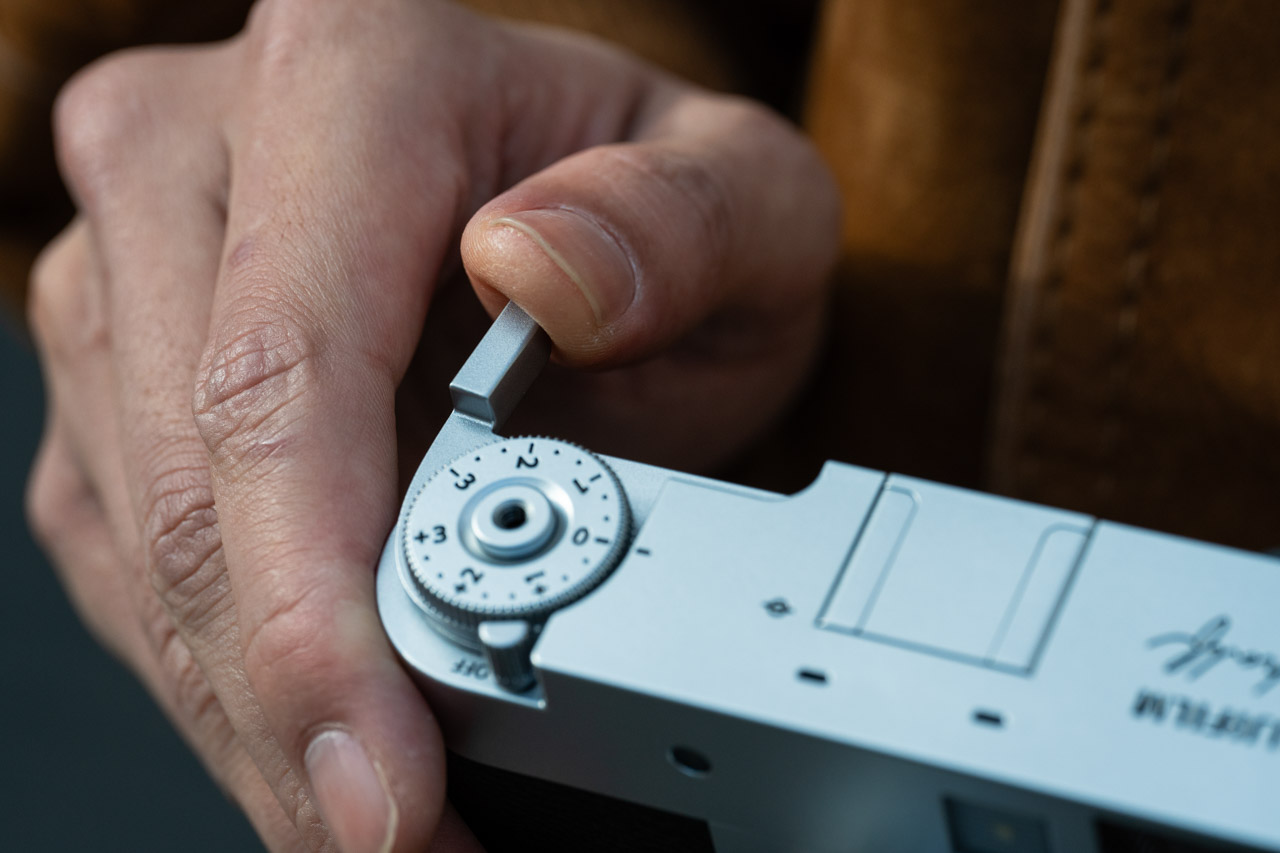
Perhaps the most delightful physical feature is the Frame Advance Lever. This tactile element isn’t just a nostalgic decoration. It serves a practical purpose, enabling users to combine two vertical frames into a diptych or pair video with still images. The physical action of winding reinforces the film-era feel while enabling creative storytelling in a uniquely structured format.
Perfect Timing
Why now? Because we’re witnessing a renaissance of analog appreciation in our hyper-digital world.
Film photography has surged in popularity despite its cost and inconvenience. Vinyl records continue to sell alongside streaming services, and handwritten notes persist in the age of digital messaging.
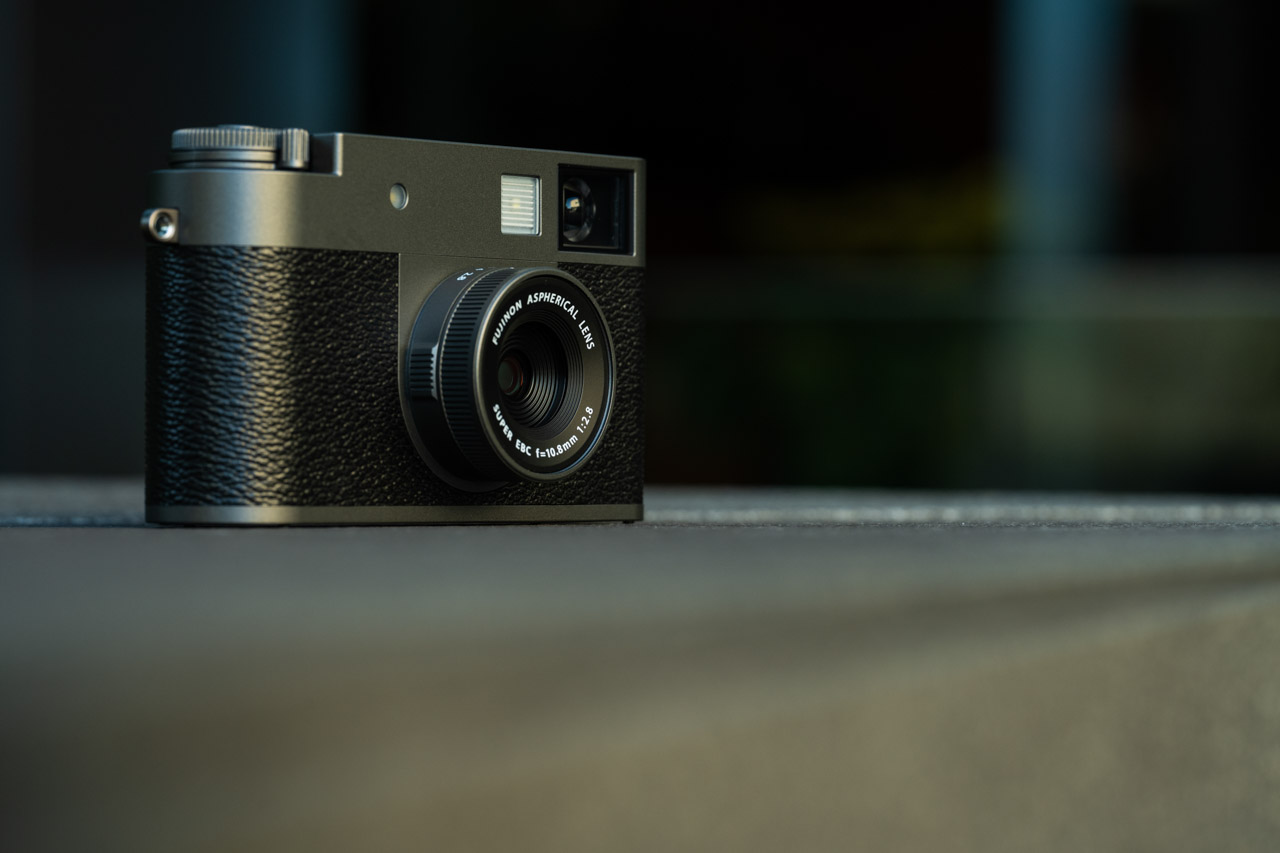
This camera arrives at the perfect moment, bridging our nostalgia for tangible, imperfect media with our modern need for convenience and shareability. It acknowledges that sometimes the most satisfying images aren’t technically perfect but emotionally resonant.
For young creatives who appreciate film aesthetics but can’t justify the expense, this camera offers an accessible entry point. For experienced photographers, it provides a refreshing break from technical obsession.
The timing isn’t accidental. This design was in development for over a year and a half, a considered response to nostalgia and modern social behavior rather than a rushed trend-chaser. As Victor Ha, vice president of Electronic Imaging and Optical Devices Divisions at Fujifilm North America Corporation explains, “This aligns perfectly with the growing trend of users, especially among Gen Z, who want dedicated devices to use alongside their smart devices as they try to find the balance between minimizing distractions, while documenting and sharing their lives online.”
A Different Kind of Photography
“X half is special because it rekindles our love for the compact camera and blends it with the modern sensibilities that make it easy to make a part of our everyday lives,” says Ha.
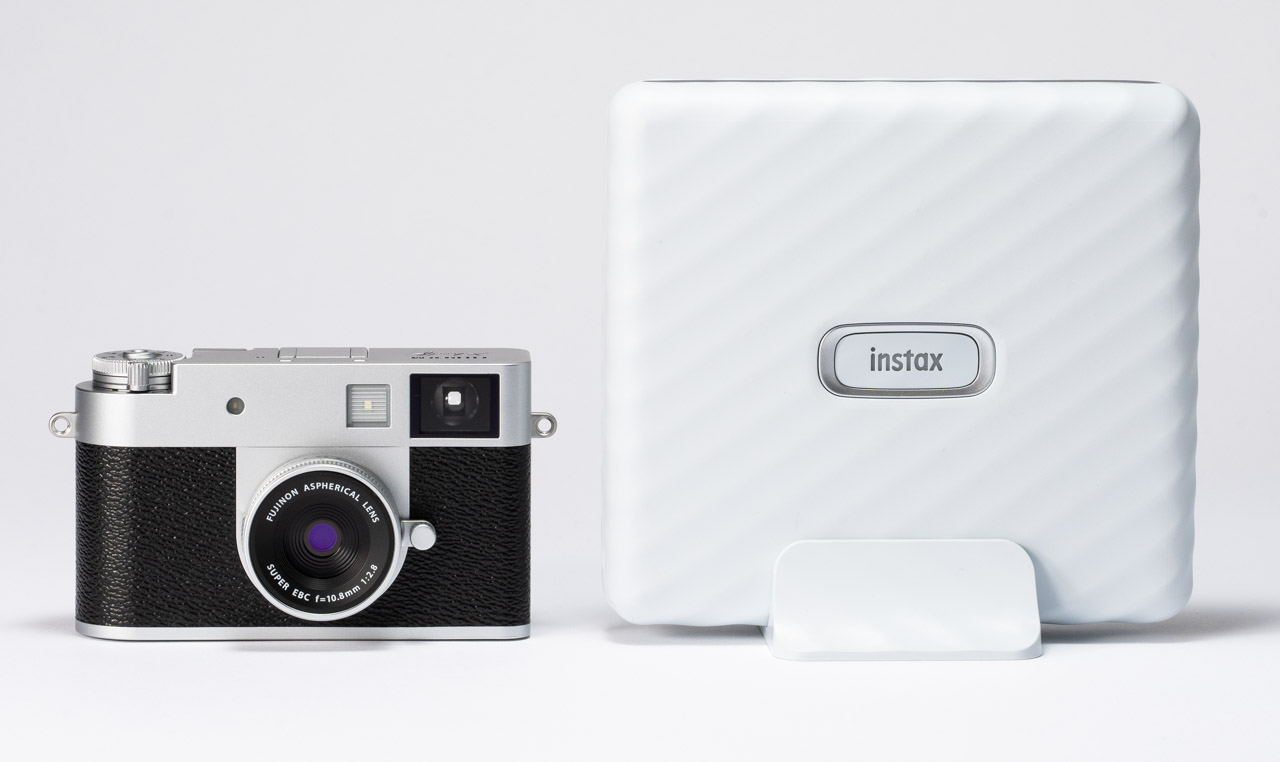
This camera invites you to play, to create without overthinking, to focus on the joy of capturing moments rather than pixel-peeping afterward.
The digital “contact sheet” import interface displays edge codes referencing which film simulation was used. “RTR” indicates the retro filter, for example. This metadata isn’t just technical information. It replicates the feel of handling negatives or slide sheets, creating continuity between shooting and organizing your images.
Optional date stamping simulates the corner-markings of 90s date-back film cameras, while unique grain behavior tied to the image processing engine adds another layer of analog authenticity.




In a world where our phones can take technically impressive photos, this camera offers something different: a distinctive process that shapes how you see and what you create. It’s photography as experience rather than mere output.
The Fujifilm X half isn’t trying to compete with high-end mirrorless cameras or smartphones. It’s creating its own category, one where the journey of making images matters as much as the destination.
Fujifilm has created something truly special for those seeking a daily luxury that enhances creativity rather than complicating it. A camera that understands what many of us are looking for isn’t more technology, but more connection to the process of making images we love.
The FUJIFILM X half compact digital camera is expected to be available late June 2025 at a Manufacturer’s Suggested Retail Price of $849.99 USD and $998.99 CAD.

